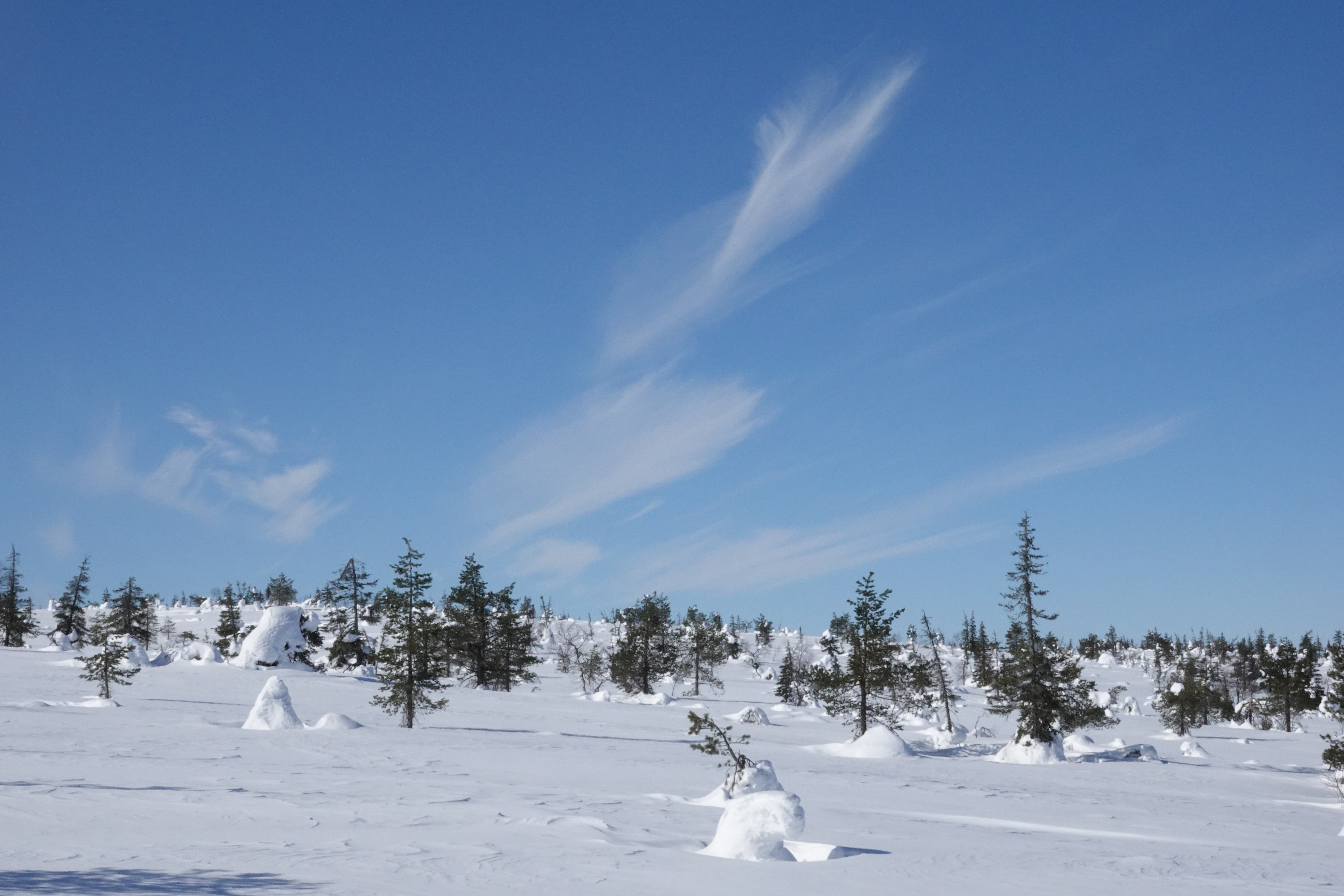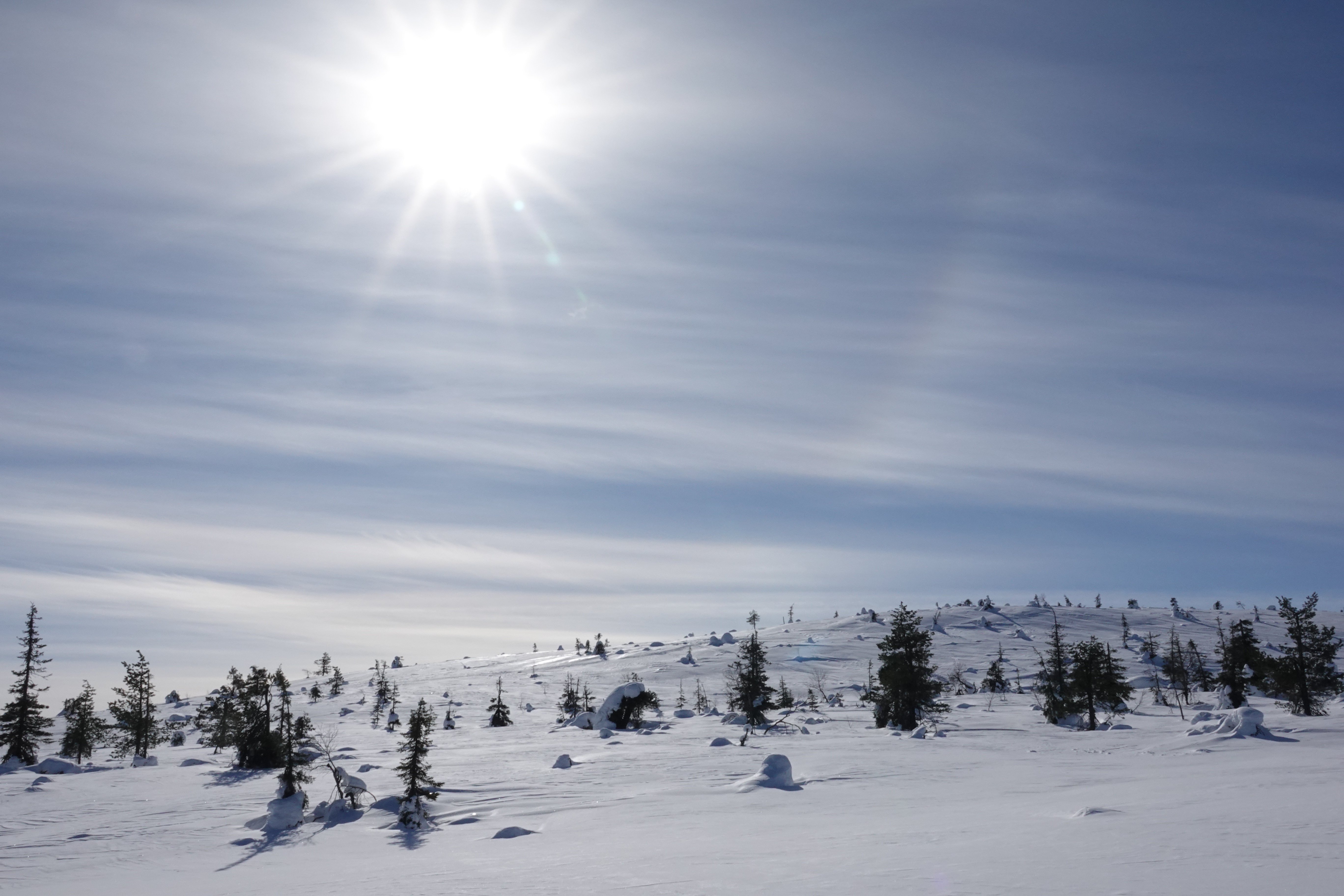*Extreme WBT's
A wet bulb thermometer measures wet bulb temperature (WBT), which is a metric that always exists and can always be measured. It only gets bad when the WBT reaches an extreme value, as is the case for basically all environmental metrics. Saying that wet bulb temperature is lethal is like saying that temperature is lethal. Look out for temperature! I'm sorry for the rant so I'll try to keep this short, but "wet bulb" by itself in this context is an inane shorthand that lacks all the significant words and muddles the meaning of those words that are in it. Scientists talk about Extreme WBT events, because that's what they are. A less of a mouthful would be nice for science communication, but I don't want it to come at the expense of words losing meaning like that.
Heatwave is a nice and descriptive word for one type of an extreme temperature event. Cold snap is another one. I'm glad neither is called "temperature event" because that would be dumb.










An extreme value is always only extreme in relation to some baseline. For temperatures it's usually a value that departs far from the local average. With WBT it can also mean values that approach the limit of what the human physiology can handle, a value that is quite universal due to us all being of the same species. The body cannot adapt beyond the limits set by thermodynamics.
Tropical and extreme aren't mutually exclusive. +30°C in Antarctica would be both tropical and extreme. Both are used where applicable. A temperature can also be extreme without being tropical. No matter what Trump thinks, he doesn't have the power to redefine (let alone erase) words.
The wet bulb temp. in a proper sauna should get quite high, I don't have exact numbers but above 70°C or so (dry temp. 90°C, relative humidity 50% would translate to a WBT of 74°C). In most contexts that would be extreme, but not here.